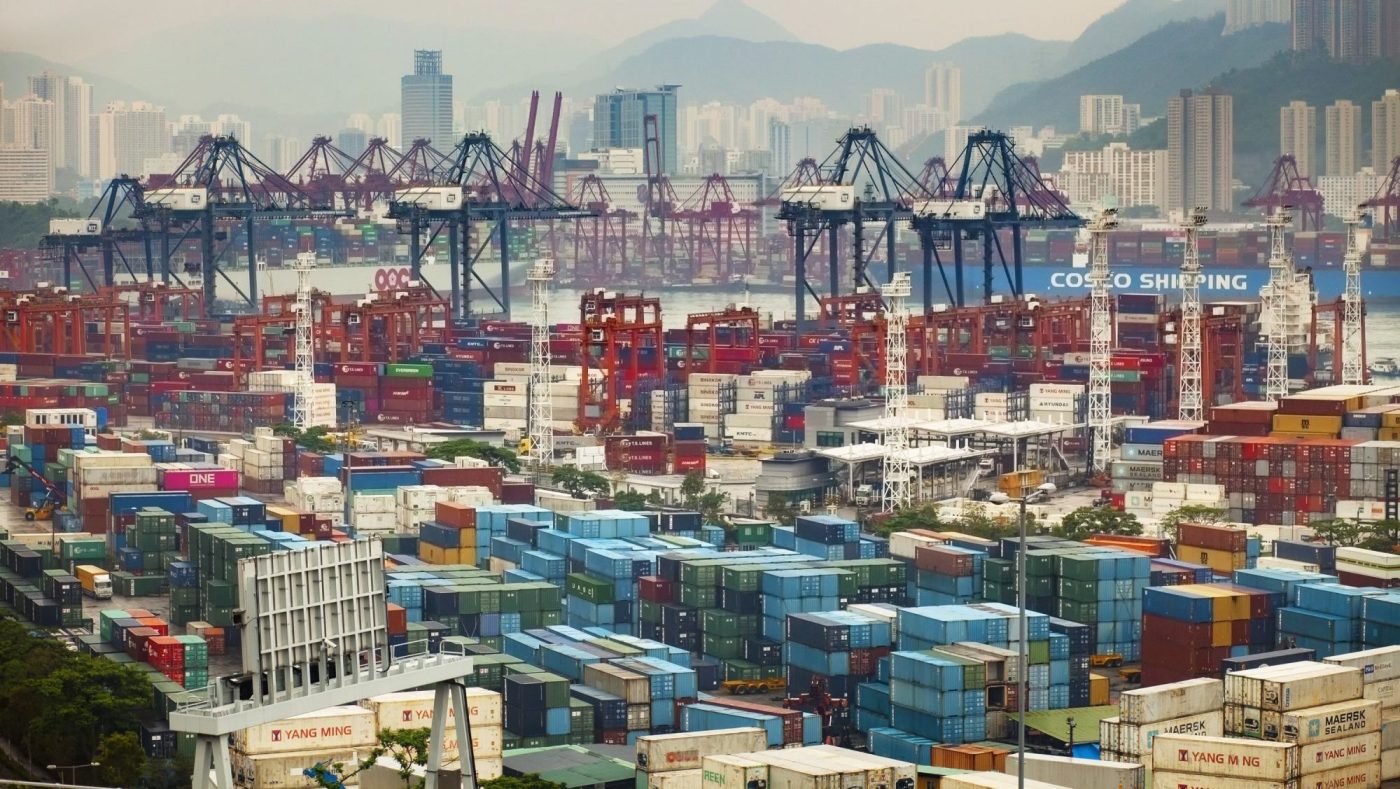You must have cookies enabled for the site to work properly.

Shipping Costs to the U.S. Increasing, What You Need to Know:
Tuesday October 5, 2021
Since the beginning of the COVID 19 Pandemic, shipping costs have been steadily rising due to global supply chain issues and mandated port quarantines. These shutdowns in conjunction with an overwhelming increase in demand has caused the average shipping rate to increase over 500% since summer of 2020. This increase is expected to stay high through 2022. Where a 40’ High Cube used to cost $5,000 to ship to the mainland U.S., prices are now approaching $30,000. Big box stores have also been renting complete container ships, limiting shipping availability for smaller companies trying to get product into the country. Only to further complicate the issue, truck driver shortages in the US, has caused routine delivery expenses to increase significantly over years past.
On September 19th a record amount of container ships were lined up to unload in Southern California, as over 70 ships were waiting to approach the port at one point. These delays come at a time where U.S. buying is at its peak, preparing for increased consumer demand in November and December. Other ports around the country are seeing the same activity as vessels are placed on hold until the backlog of product is moved from the ports.
"These factors have turned global container shipping into a highly disrupted, under-supplied seller’s market, in which shipping companies can charge four to ten times the normal price to move cargoes,"
Philip Damas, Managing Director at maritime consultancy firm Drewry (Reuters)

What does this mean for ProPac customers?
ProPac will make every effort to maintain our delivery commitments, however the disruptions to the supply chain continue to cause delays and will result in price increases across the board. We will also strive to maintain a competitive pricing structure but as a result of increased product and freight costs, some categories will face significant price increases over the next year. These problems are expected to continue through 2022. We are encouraging our customers to stock up earlier than expected and not to delay large orders if able. Shipping costs are likely to increase in the coming months before they cool off.
If product pricing is critical to your budgetary or grant cycle, we urge you to conduct an inventory assessment to minimize the impact.